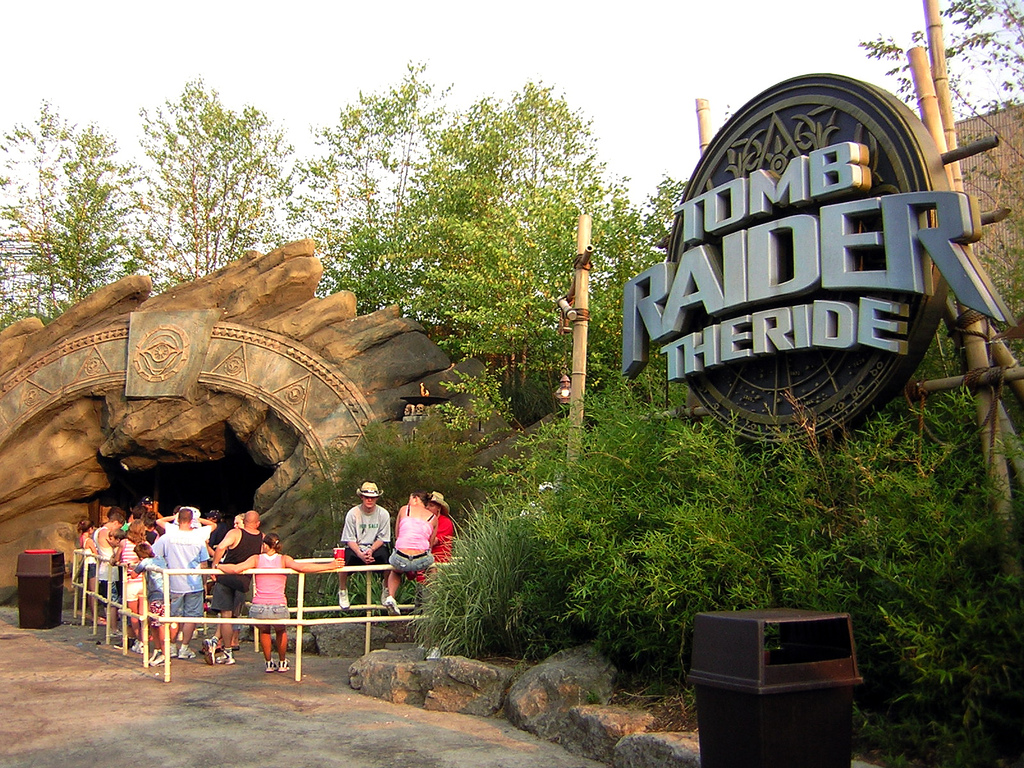On the surface, multimedia and transmedia seems like they are the same thing. The reality is, each term describes a very different experience altogether. In researching exactly what transmedia and multimedia refers to, I found some interesting ideas. Henry Jenkins himself is the leading expert on transmedia, so its not surprising that he has something to say about multimedia as well. In an article posted on his official weblog, Jenkins writes, "Multimedia and Transmedia assume very different roles for
spectators/consumers/readers. In a multimedia application, all the
readers needs to do is click a mouse and the content comes to them. In a
transmedia presentation, students need to actively seek out content
through a hunting and gathering process which leads them across multiple
media platforms."(Jenkins) What Jenkins is saying here is that the difference between multimedia and transmedia relies on how that media is reached by the consumer. In this instance, the transmedia example is one which users directly interact with. In the same article Jenkins refers to a multimedia experience as a cd-rom that contains text, images, and video. Transmedia takes those images, text, and video, and disperses them over multiple platforms. Therein lies the major difference of multimedia and transmedia.
 |
| Soruce: Talkingship.com |
A great example of a transmedia franchise is the Tomb Raider series. Tomb Raider originally started off as a best-selling video game in 1996. From there it has taken on many forms, including: a series of 10 video games, 2 films, comic books, novels, an animated series, and even amusement park rides. In an article Jenkins wrote for MIT Technology Review, he states, "Each franchise entry needs to be self-contained enough to enable
autonomous consumption. That is, you don’t need to have seen the film to
enjoy the game and vice-versa."(Jenkins, pg.3) When it comes to this franchise, this is absolutely true. No one piece of this franchise needs to be played or seen in order to play or see any other part. Jenkins refers to this as part of the "ideal form of transmedia storytelling:". In other words, when a piece of media is produced and moves into other mediums whilst remaining autonomous. The Tomb Raider franchise does this well, as a viewer of the films would never have had to play the games to understand what's going on. Even the games themselves offer a new story in each entry, that ultimately contributes to the overall story.
 |
| Tomb Raider: The Game: The Movie: The Ride |
Beginning in 1997, one year after the original game released, the first of several Tomb Raider Comics was published. This was the first time Tomb Raider crossed over into other media. It was the beginning of it's transmedia transformation. The games themselves provide the user an interactive experience with the Tomb Raider world. As stated earlier, Jenkins points out that the notion of interactivity makes for a transmedia experience. Both comics and novels also offer a certain level of interactivity with the story, while also offering new insights into the Tomb Raider world. Jenkins feels strongly about this as well. In his article for MIT, he writes, "In reality, audiences want the new work to offer new insights into the
characters and new experiences of the fictional world. If media
companies reward that demand, viewers will feel greater mastery and
investment"(Jenkins pg.2) This is most certainly the case here. The Tomb Raider franchise has done itself well moving into different media platforms, expanding its story and popularity.
You can't deny the popularity of a series when it has it's own amusement park rides. A press release of one of the rides from tombraiderchronicles.com states, "With
only seconds to spare before certain
calamity, guests strap in to the only
possible vehicle of escape. Playing
off scenes from the motion picture
filmed in Cambodia and Iceland, the
escape will include rocketing upward
for a close encounter in an ice cave
with menacing, razor-sharp stalactites
and a face-first plunge straight down
toward a pit of boiling, red-hot lava."(tombraiderchronicles). The Press release describes the ride as an interactive experience designed to make riders feel as though they are experiencing stunts from the movie. You can look at the rides as an attempt to make the Tomb Raider world more interactive and popular. By creating a theme park ride, people can literally experience the story physically. This, in turn, will make those new to the series want to explore these experiences in the films, games, and all other related media. The amusement park ride is ultimately a brilliant piece of transmedia marketing, providing a new stimulation to the series that stands, as Jenkins says, autonomously.
So what have we learned? Tomb Raider is a transmedia force. From games to books to movies to even an amusement park ride, the Tomb Raider franchise has made great use of transmedia storytelling. The games are interactive, the ride provides a physical thrill, the books provide new insight, and the films add a new visual flair for both fans and the non-fans alike. The series essentially check-marks each point on Jenkins list of a successful transmedia franchise. Based on this kind of growth, and with a potential third film incoming, it will be interesting to see just how far one transmedia franchise can reach.
Bibliography:
Jenkins, Henry.
"Transmedia Storytelling" MIT Technology Review. 15 Jan. 2003. 04 Nov. 2013
Jenkins, Henry. "
Transmedia Education: the 7 Principles Revisited"
Confessions of an Ace-Fan. 21 Jun 2010. 04 Nov. 2013
TombRaiderChronicles.
Tomb Raider The Ride: Kings Island Tombraiderchronicles.com 2002. 05 Nov. 2013

No comments:
Post a Comment